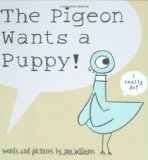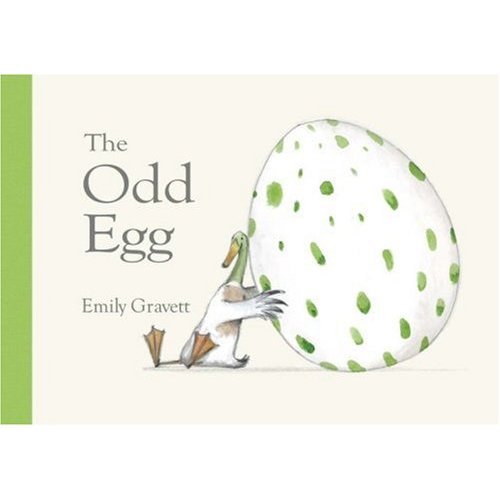Conservation Week is from 7-14 September. Cummings Park Library in Ngaio is having a special after school session on tomorrow, Friday the 12th. They will have Juliet Cooke there from 3.30-4.00pm to tell us all about Kiwi Kids Conservation Club, as well as a colouring-in competition with spot prizes. So if your aged between 5-12 years old make sure you get down there to help celebrate!
birds & animals
How bear lost his tail
I was reading a folk tale the other day that I hadn’t read since I was a child, ‘How Bear lost his tail’. This folk tale originated in North America (it’s an Ojibwe legend) but it has been retold by Julia Wall and beautifully illustrated by Ali Teo. It’s all about Bear, who thought that he was it, & his tail was so beautiful. All the other animals got a tad sick of this & they thought it wasn’t “all that cool”, but were too afraid to speak up, because Bear had sharp claws.
Anyway, one day Bear saw Fox fishing without a pole, and he wanted to know how he had got such a huge pile of fish. So Fox explained that, by dipping his tail into the water, the fish latched on and “voila”! Well as you can imagine, Bear wanted to do it too! Food was scarce because it was winter and since he had such a huge tail, he was sure to catch bigger fish. So Fox decided to play a trick on Bear… If you want to know the end of the story you will have to read it for yourself, all I can say is the book is beautiful and well worth reading! (even big people should read it if they don’t know it!)
The pigeon wants a puppy!
 The pigeon wants a puppy! by Mo Willems. This pigeon is so desperate for a pet puppy…… he really, really, REALLY wants one. He promises to water it every day. Do you think it’s a good idea? Do you think the pigeon should get a puppy?
The pigeon wants a puppy! by Mo Willems. This pigeon is so desperate for a pet puppy…… he really, really, REALLY wants one. He promises to water it every day. Do you think it’s a good idea? Do you think the pigeon should get a puppy?
Zedonk? What is it?
I swear this is true… in fact I read it off a book. Are you very curious already? Well, a zedonk is actually a light brown animal with very fine stripes which is a result of breeding a zebra and a donkey. Amazing isn’t it? Cheetahs are the the fastest animals on land but boy do they get tired after a chase for food. It takes a cheetah half an hour to catch its breath before it can eat the food it has just caught! Talk about appetite, do you know that a lion need to eat between 5-7 kg of meat a day? That would be enough to feed 25 people!
If you’d like to know more awesome information about animals, get hold of the book Amazing Animal Facts in the children’s non fiction area. It not only has cool facts, it also has great pictures.
The odd egg
 Everyone has an egg… except for Duck…… Poor Duck! Read this book to see how Duck solves this problem…… The odd egg by Emily Gravett.
Everyone has an egg… except for Duck…… Poor Duck! Read this book to see how Duck solves this problem…… The odd egg by Emily Gravett.
ps: you can also visit Emily Gravett’s website to sneak a peek at some of her other books!
Tracking animals
Have you ever wondered how long it takes photographers to gather footage to use in wildlife films? They may have to wait days or weeks to get shots of certain animals. One of the ways they gather information about an animal is looking at its footprints and droppings. A huge amount of information can be gained about an animal without even seeing them in action.
This awesome book, Animal Tracks and Signs, will give you all the skills you need to track animals as well as loads of other great information. See what mischief your pet dog or cat get themselves into, and next time you are in the bush take the time to check for footprints. You will be surprised at what you find.
Animal Tracks & Signs
Animal Tracks and Signs by Jinny Johnson is a great book. It has loads of pictures and fascinating facts. It shows you how to track over 400 animals from around the world, including foot prints, feeding signs, hiding places and droppings. Even if you’re not into tracking animals it has great facts on each animal which you can learn quite a bit from. I liked the Tracks Quiz at the end of the book, but I wasn’t very good at it. I think I should just stick to tracking down good books to read from the library 🙂
Endangered animals facts
Even if the population of a certain species of animal is huge, it really only takes a few years before their numbers dive down to a dangerously low level. They will be protected and declared endangered and things will be done to get their numbers up again. You’d be surprised, but there’s a lot of species on the list already. The reasons why they are becoming endangered are just plain silly:
- Rhinos are hunted down for their horn which is thought to have magical powers!
- Sturgeons are fish that lay their eggs in the river. But many don’t get to lay the eggs because they are caught and the eggs turn into the luxury food caviar!
- American alligators were once hunted for their skin to make fashionable bags, shoes and belts.
These are just some reasons but mostly they become endangered because their habitat is destroyed by humans. I just hope people can find a way to coexist with animals without harming them. I look forward to that day. If you’d like to know more pick up the book I Wonder Why the Dodo is Dead by Andrew Charman in the children’s non-fiction area.
NZ Post Book Award finalist – A mini guide to the identification of New Zealand’s land birds
NZ Post Book Award finalist!
A Mini Guide to the Identification of New Zealand’s Land Birds
By Andrew Crowe ; illustrated by Dave Gunson
This condensed version of Andrew Crowe’s Which New Zealand Bird? is a finalist in the non-fiction category of the NZ Post book awards, is small enough to fit in your pocket or bag…….
Easy to use with colour coded sections starting with the smallest birds in New Zealand.
Each page has the name of the bird, an illustration in colour, where in New Zealand it is located, if it is endemic, native or introduced and a brief description of its habitat.
Reviewed by Andrea
This review comes from: http://createreaders.natlib.govt.nz
Maui’s dolphin
Did you know that the Maui’s Dolphin is the world’s smallest and rarest marine dolphin. It generally lives along the North West coast of the North Island of New Zealand and there are thought to be only 110 of them left. Check out WWF – New Zealand to find out more about this very special and rare New Zealand Dolphin and see what you can do to help.